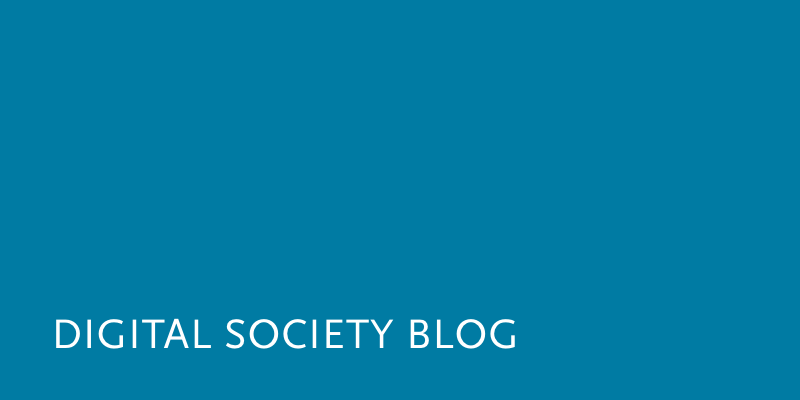Unsere vernetzte Welt verstehen

Sprachen lernen mit Eulen
Wie findet das Phänomen Gamification Anwendung bei Online-Lernangeboten und welchen Nutzen haben Lernende davon? In diesem Blogartikel stellen Anna Hansch und Christopher Newman ihr Forchungsprojekt „Fostering Engagement with Gamification Elements on Open Online Learning Platforms“ vor.
Buy ten and get one free, earn frequent flyer bonus miles or compare your latest exercise results on Nike+. Companies use small rewards and reinforcements like these to keep customers happy and loyal to their brands. Digital and offline offers of this kind are a part of everyday life for consumers. This concept is what researchers like Sebastian Deterding call „gamification“, defined as using game elements (like points or challenges) in non-game contexts. Inspired by the compelling experiences created by video games, other industries have begun looking into how certain game elements could be used to enhance their offerings.
For an euphoric first few years, many hoped gamification would be a magic potion for keeping customers enthralled and profits and productivity soaring. However, disappointment with the hype soon set in. According to the „Hype Cycle for Emerging Technologies», put out yearly by the information technology research company Gartner, gamification has cleared the „Peak of Inflated Expectations“, and is expected to reach the so-called „Plateau of Productivity“ in the next five to ten years. While the academic research on the topic is still very fluid, with competing definitions, frameworks and conceptualizations of gamification, we can hope to see more mature gamification schemes in practice as platforms learn from past experimentation and refine their concepts.
After some initial hesitancy, the online learning space has become increasingly interested in the motivational power of gamification to enhance their digital educational offerings. Providers of the format known as Massive Open Online Courses (MOOCs) have been especially keen on finding new approaches to increase learners’ participation. The hype surrounding the revolutionary power of MOOCs to scale free online learning offerings from top-notch universities has waned and the courses have been criticized for low completion rates. By using gamification, the hope is to foster greater engagement both with the content and with other students, enabling them to better achieve their personal learning goals.
Duolingo’s owl has become a popular companion for language learners of 23 different languages. On the German MOOC platform iversity, students earn badges reflecting their progress in higher education courses. And Veedu is a new online vocational training platform where trainees can gather points and level up. With so many online learning platforms employing gamified elements, can gamification really help increase learner engagement and improve their learning experience?
In our research project „Fostering Engagement with Gamification Elements on Open Online Learning Platforms“ we examined the phenomenon of gamified online learning. Our aim was to understand how gamification is being used to increase participation and what practitioners are doing to design and implement gamified learning offerings. In our paper, we give an overview of the current academic debates, look at different online learning platforms and present four in-depth case studies. You can read the results in our discussion paper here.
Reference: Deterding, S., Dixon, D., Khaled, R., & Nacke, L. (2011). From game design elements to gamefulness: Defining gamification. In Proceedings of the 15th International Academic MindTrek Conference: Envisioning Future Media Environments (pp. 9-15). ACM.
Foto: User:Miguel Ángel Avila Lombana / Flickr, CC BY-NC 2.0
Dieser Beitrag spiegelt die Meinung der Autor*innen und weder notwendigerweise noch ausschließlich die Meinung des Institutes wider. Für mehr Informationen zu den Inhalten dieser Beiträge und den assoziierten Forschungsprojekten kontaktieren Sie bitte info@hiig.de

Jetzt anmelden und die neuesten Blogartikel einmal im Monat per Newsletter erhalten.
Digitale Zukunft der Arbeitswelt
Gründen mit Wirkung: Für digitale Unternehmer*innen, die Gesellschaft positiv gestalten wollen
Impact Entrepreneurship braucht mehr als Technologie. Wie entwickeln wir digitale Lösungen mit Wirkung?
Bias erkennen, Verantwortung übernehmen: Kritische Perspektiven auf KI und Datenqualität in der Hochschulbildung
KI verändert Hochschule. Der Artikel erklärt, wie Bias entsteht und warum es eine kritische Haltung braucht.
Wer verbreitet wo, wozu und wie viel Desinformation?
Wie viel Desinformation verbreiten Politiker*innen und Parteien tatsächlich? Auf welchen Plattformen und wozu? Zwei Studien geben systematische Antworten.





